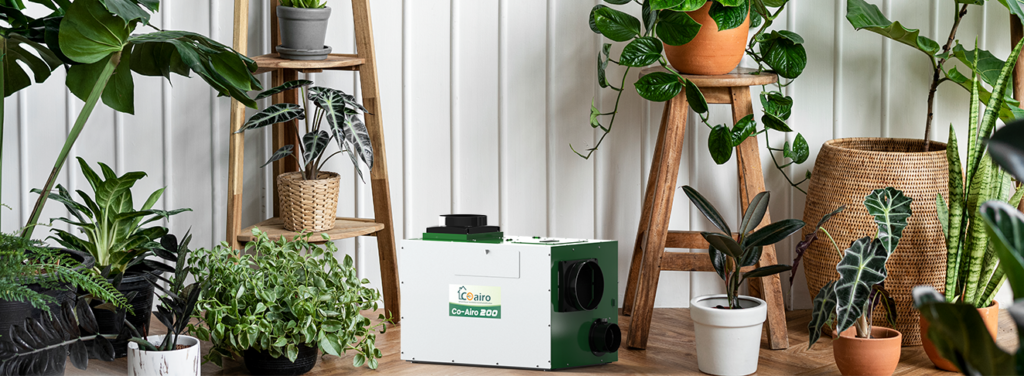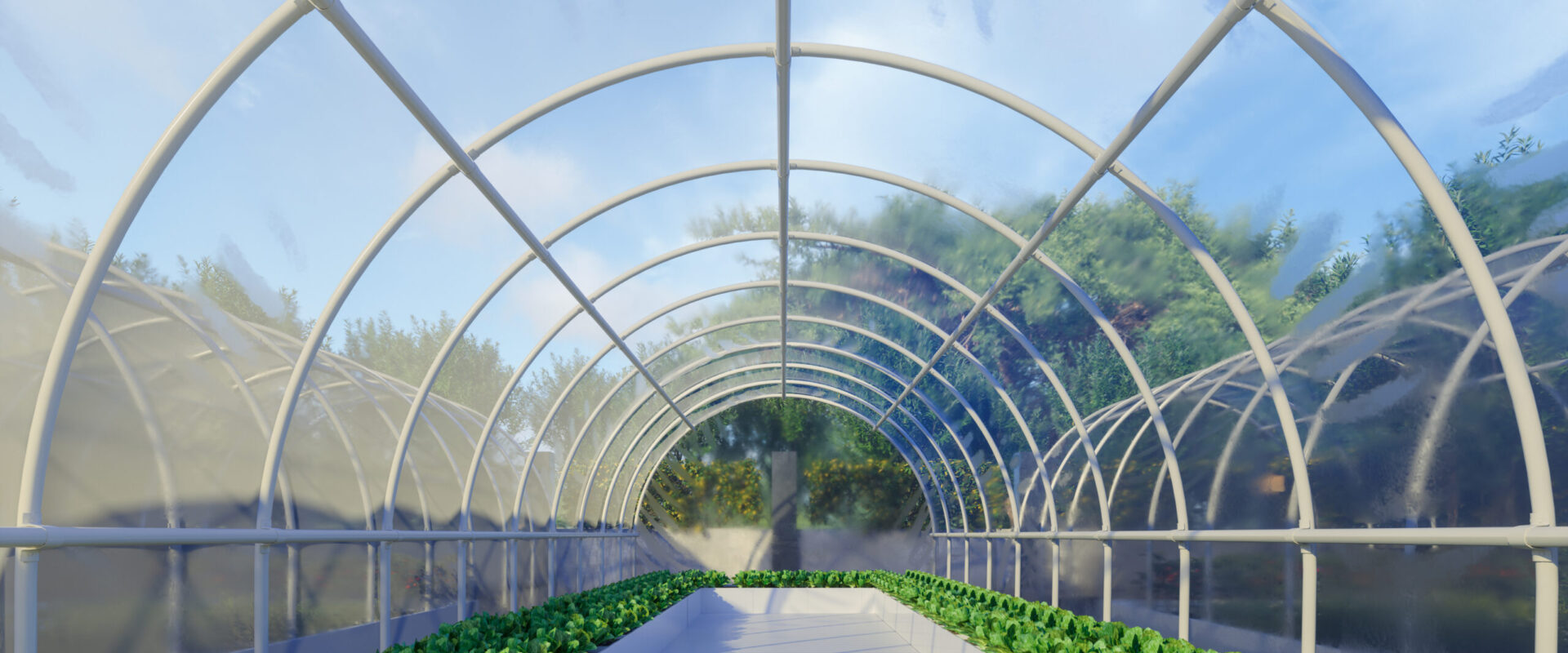
Do Your Greenhouses Really Need Full Sun?
Many new gardeners ask a common question “does a greenhouse need full sun?” The short answer is yes. Plants use sunlight as the main energy source during photosynthesis to make their own food. Without enough light, growth becomes weak and fruit production slows down.
However, too much direct sun can also harm your crops. Inside a greenhouse, heat builds up quickly, sometimes rising beyond the plant’s need. That’s why you need to understand how much sunlight your greenhouse receives.
The ideal setup depends on your location and the types of plants you grow. Some crops need six to eight hours of sunlight daily while others prefer cooler, partially shaded greenhouse spaces.
We’ll explain how much sun a greenhouse really needs, which plants grow best in full or partial sun and how to balance heat, light and shade for healthy year round growth.
What Does Full Sun Mean for a Greenhouse?
Direct light is different from general brightness. The sun’s rays should hit the plants without filtering through trees, nearby buildings or shade cloth. This sunlight supports steady photosynthesis and prevents weak or leggy growth.
To check whether your greenhouse gets full sun, observe how sunlight moves across the area on a clear day. If it stays bright and sunny from around 9 a.m. to 4 p.m., it qualifies as full sun. Four to six hours counts as partial sun or partial shade. Anything less means you should choose shade-tolerant plants or use supplemental lighting.
Which Plants Thrive in Full Sun vs Partial Shade?
You should choose crops based on how much direct sun your greenhouse gets. Fruiting plants need strong, long hours of light while leafy and cool-season crops can grow even with softer light and lower heat.
Here is the table that provides data about which crop is suitable for full sun and which you should adopt for partial shade;
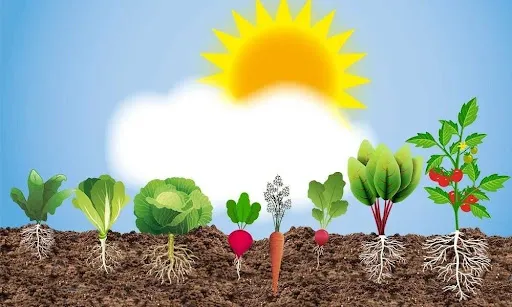
Category | Best for Full Sun | Best for Partial Shade | Notes & Tips |
Fruiting veg | Tomatoes, Peppers, Cucumbers, Eggplant, Melons, Strawberries | Redcurrant ‘Rovada’, Japanese wineberry, Tayberry | Full sun boosts fruiting. Add light shade in hot months. |
Leafy greens | — | Lettuce, Spinach, Kale, Swiss chard, Perpetual spinach | Shade keeps leaves soft and slows bolting. |
Herbs | Basil, Rosemary, Thyme, Oregano | Parsley, Cilantro, Mint, Sweet cicely | Basil loves heat; cilantro grows best in cooler light. |
Roots | — | Carrots, Beets, Radishes | 4–5 hours of light is enough for roots. |
Flowers | Marigolds, Petunias, Zinnias, Dahlias, Geraniums, Sunflowers | Begonias, Impatiens, Fuchsias, Bugleweed, Orchids | Sun lovers add color; shade types suit cooler spots. |
Shrubs | — | Rhubarb, Alpine strawberries, Honeysuckle, Abelia, Viburnum, Pinkroot | Morning sun and afternoon shade work best. |
Does Your Greenhouse Need Full Sun?
Most greenhouses perform best in full sun, but the ideal amount of sunlight depends on your plants and local weather. Greenhouses trap solar energy to create warmth and light. The more sunlight they receive, the more heat they can hold for steady growth.
Aim for at least six hours of direct sunlight daily, especially in cooler months when days are shorter. This helps plants photosynthesize efficiently and stay strong rather than tall and weak.
Too much sunlight, however, can cause overheating especially during summer. When a greenhouse stays under full sun all day, temperatures may rise above 100°F (38°C), which can harm vegetables and young seedlings. To manage heat, use shade cloth, vents or fans to keep the temperature stable.
A greenhouse with partial sun can still work well for crops like leafy greens, herbs, and shade-tolerant plants. In darker seasons, you can add LED grow lights to support growth.
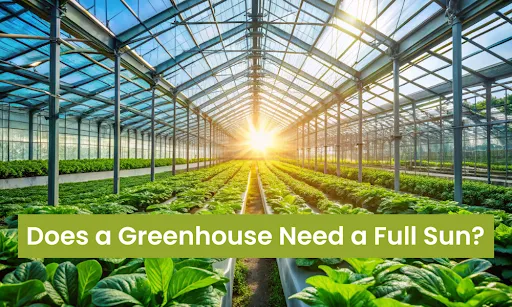
Benefits of Direct Sunlight in Greenhouse
Full sun ensures that plants receive light for healthy photosynthesis. Plants become weak to produce less fruit without sunlight. Here are some of the many benefits of direct sunlight:
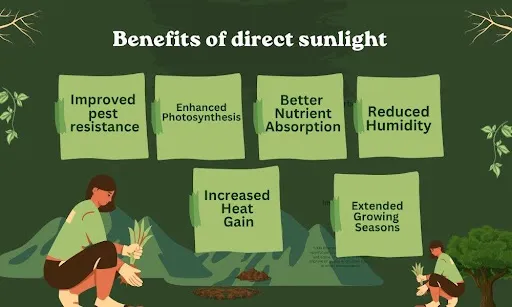
Improved Pest Resistance
Sunlight reduces favourable conditions for insect growth. If you introduce UV blocking materials, it decreases many pest growth.
Enhance Photosynthesis
Plants convert carbon dioxide and water into food in the presence of sunlight. The light and photosynthesis have direct relation which means photosynthesis increases with the exposure of sunlight. Research shows that photosynthesis increases 10-15% in direct sunlight exposure.
Better Nutrient Absorption
Sunlight plays a major role in nutrient absorption. Light acts as a regulatory factor in sugar metabolism. So more light means enhanced nutrients absorption which will lead to better plant growth.
Reduced Humidity
The low level of humidity saves the plant from fungal diseases and green algae. If you build a greenhouse in direct sunlight, it leads to reduction in moisture levels.
Increased Heat Gain
Greenhouses absorb all light falling on it during the daytime. This phenomenon occurs especially useful in colder months. The more sunlight leads to more absorption increasing the heat gain.
Extended Growing Seasons
One of the important benefits of a greenhouse is that it provides optimal conditions for plant growth despite the outside environment. Greenhouses in sunny areas provide more warm conditions even in winter. This will lead to an extended growth season.
Benefits of Shade in Greenhouse
The sunlight is effective for plant growth but the shade has its own unique strengths. Here are some of the many benefits of shade:
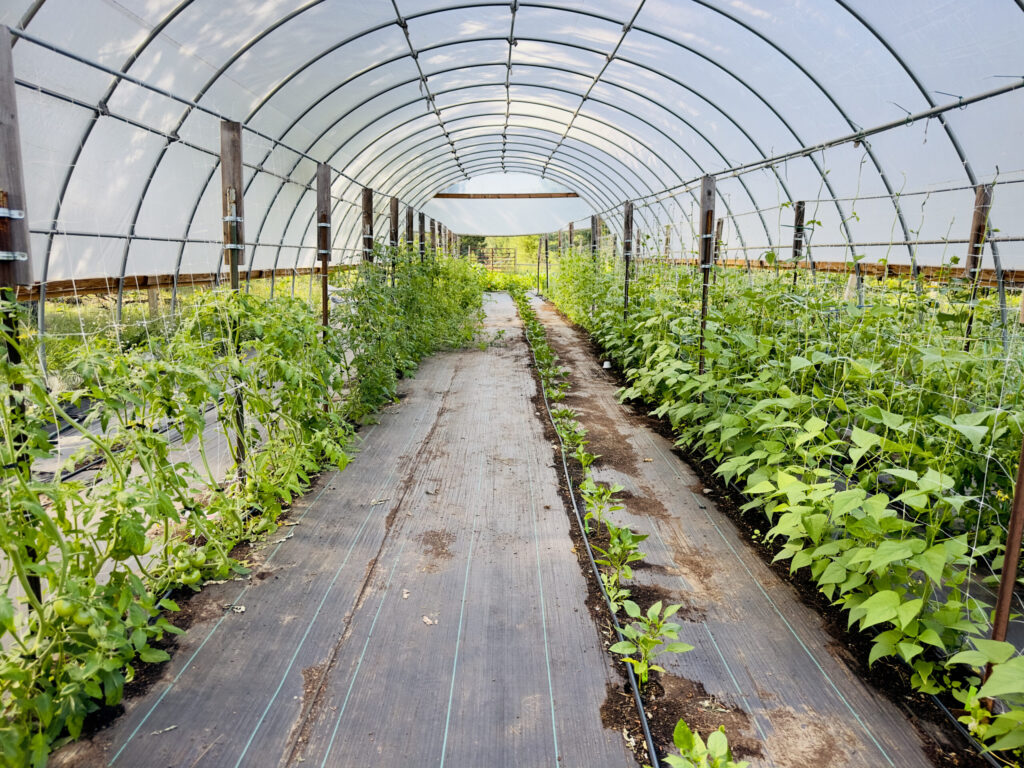
Heat Reduction
Sunlight is essential for plant growth but too much light makes your greenhouse hot. The shading plays an important role in maintaining temperature especially during hot summer days. If you’re living in hot areas, a little shading leads to major differences in plant growth. You can create shading by curtains or clothes.
Growing Shade-Tolerant Crops
Many plants grow in shaded or low light areas. The shaded greenhouse provides optimum conditions for these plants. Ferns and most of the herbs need only a few hours of light for growth.
Consistent Moisture Levels
Direct sunlight makes the soil dry and you have to water the plants frequently. But the plants that grow in shade can maintain their moisture levels.
Reduced Stress for Plants
High temperature is one of the major abiotic stresses that affects the productivity of plants. The plant stops the photosynthesis if the temperature rises above a certain level. Sunlight damages the delicate foliage. The shady area prevents your plants from extreme conditions.
Why You Need a Reliable Greenhouse Dehumidifier
Whether your greenhouse receives full sun or partial shade, humidity plays a major role in plant growth. Too much moisture creates a breeding ground for mold, pests and root diseases, while low humidity limits photosynthesis and nutrient absorption. You need to maintain humidity between 40% and 60% so that your plants grow stronger and more efficiently.
Coairo professional grade grow room dehumidifiers maintain that ideal balance. By removing excess moisture, they create healthier conditions that support photosynthesis, prevent fungal issues and boost overall yield.
For dependable humidity control and better plant health, explore Coairo Greenhouse Dehumidifiers that are built to keep your greenhouse thriving all year.
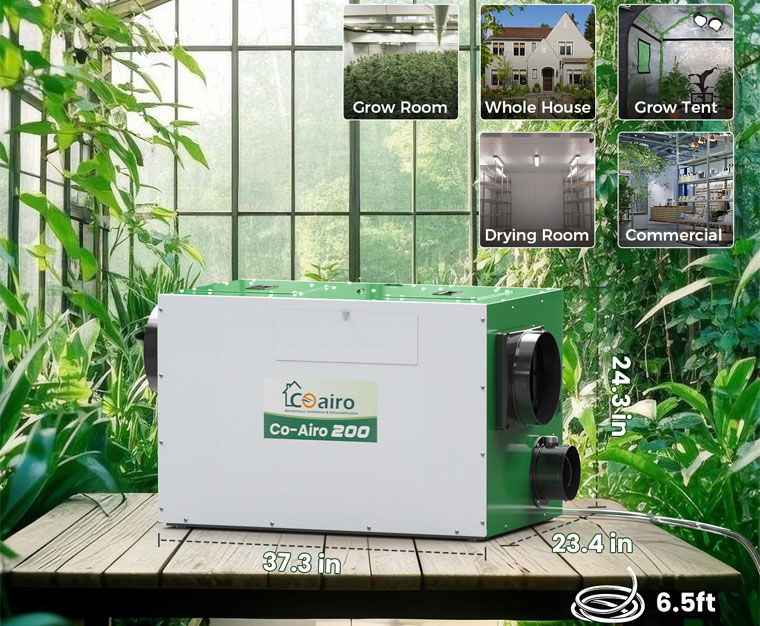
Conclusion
Understanding the answer to “does a greenhouse need full sun” helps you create the right balance between light, heat, and shade. Most greenhouses perform best with six to eight hours of direct sunlight each day, but too much light can lead to overheating and plant stress.
The key is balance. Combine sunlight with good ventilation and light shading during hot months to keep temperatures stable. If your greenhouse gets partial sun, grow leafy greens, herbs, or shade-tolerant plants, and use supplemental lighting when needed.
By matching your greenhouse light conditions to your plant’s needs, you’ll promote healthier growth, reduce stress, and enjoy productive harvests all year round.


